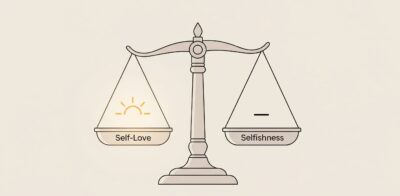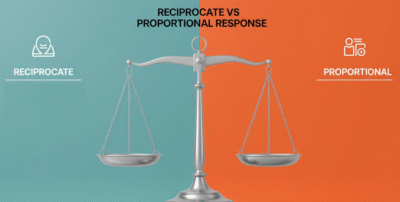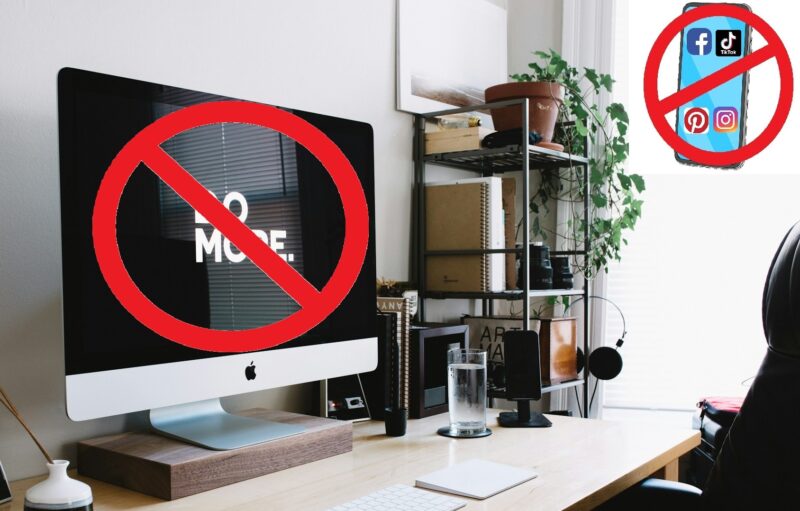Introduction
Imagine watching a colleague receive praise or a friend celebrate a new relationship—your heart races, your thoughts whirl. In this moment, you feel a surge of emotions that many confuse. This article reveals how Envy vs Jealousy shape your decisions, influence your relationships, and even affect your well-being. By exploring clear definitions, real-world scenarios, and actionable insights, you will learn how to recognize each feeling, manage its impact, and transform negative reactions into constructive growth.
Table of contents
- Introduction
- 1. Understanding the Basics of Envy vs Jealousy
- 2. Common Confusions and Distinctions
- 3. Practical Steps to Identify Your Emotion
- 4. Deep-Dive Examples: Three for Envy
- 5. Deep-Dive Examples: Three for Jealousy
- 6. Transforming Negative Reactions into Positive Growth
- 7. Myths and Misconceptions Around Envy vs Jealousy
- 8. Scientific Insights and Studies
- Conclusion
- references
1. Understanding the Basics of Envy vs Jealousy
1.1 What Is Envy vs Jealousy?
- Envy arises when you lack something another possesses, such as status, talent, or approval. You yearn for that possession or trait.Jealousy emerges when you fear losing something valuable—often a relationship—to someone else.
2. Common Confusions and Distinctions
2.1 Overlap and Mislabeling
- Many use the terms interchangeably because both involve comparison and dissatisfaction.However, envy lacks a third party protecting an existing bond, whereas jealousy always involves a perceived rival.
2.2 Why Clarity Matters
- Identifying whether you feel envy or jealousy helps target the right coping strategy.
- Misidentifying can lead you to address the wrong root cause—fueling resentment or insecurity.
3. Practical Steps to Identify Your Emotion
Follow these steps to distinguish Envy vs Jealousy in real time:
- Pause and Observe: Notice your immediate thought. Are you wishing that benefit for yourself (envy), or fearing you’ll lose something you value (jealousy)?
- Check for a Rival: Is there someone specific you see as a threat to your bond? If yes, you lean toward jealousy.
- Assess Your Wish: Do you want what they have, or do you want to protect what you already hold dear?
4. Deep-Dive Examples: Three for Envy
4.1 Career Advancement Envy
Sam watched his teammate Maya receive a promotion he wanted. Instead of congratulating her, Sam found himself replaying her achievements, comparing them to his own. His envy led him to minimize her hard work, telling himself, “She just had the right connections.” Sam’s envy drove him to neglect his own performance improvement.
4.2 Social Media Envy
Jenna scrolled through vacation photos of her friends, feeling a tight knot in her chest. She envied their experiences and began to doubt her own life choices. This envy made her withdraw from social settings to avoid comparing herself further.
4.3 Creative Envy in Art
Alex admired Luis’s painting abilities. Each gallery visit ended with Alex criticizing his own sketches. His envy stopped him from experimenting with new techniques. Only when Alex acknowledged his envy did he seek workshops to enhance his skills.
5. Deep-Dive Examples: Three for Jealousy
5.1 Romantic Relationship Jealousy
Fatima noticed her partner texting a close friend frequently. She feared losing his attention and love. Fatima’s jealousy prompted her to demand constant reassurance, straining their trust. Only when she communicated her fears did they establish healthy boundaries.
5.2 Friendship Jealousy
Omar felt uneasy when his oldest friend, Lina, spent more time with their new coworker. He worried Lina would drift away.
This jealousy manifested as passive aggression and attempts to monopolize her free time until Omar admitted his feelings and strengthened their bond through honest dialogue.
5.3 Sibling Jealousy
Sarah grew resentful as her younger brother excelled academically. She feared parental affection shifting toward him. Her jealousy led her to criticize his successes publicly. After recognizing her fear, Sarah celebrated his achievements and communicated her own needs, improving family harmony.
6. Transforming Negative Reactions into Positive Growth
6.1 Envy to Inspiration
- Action Step: List three qualities you admire in the other person. Choose one and set a goal to cultivate it.
- Tip: Use envy as feedback on areas you truly value.
6.2 Jealousy to Security
- Action Step: Share your insecurities with the person you trust.
- Tip: Create rituals—like weekly check-ins—to reinforce connection and calm fears.
7. Myths and Misconceptions Around Envy vs Jealousy
- Myth: “Envy always destroys relationships.” In reality, envy can motivate self-improvement when acknowledged and redirected.
- Myth: “Jealousy means you don’t trust your partner.” Healthy jealousy signals investment and can prompt important conversations.
8. Scientific Insights and Studies
- A 2018 study in the Journal of Personality found that individuals who reframed envy as admiration reported higher motivation and satisfaction.
- A 2021 family psychology survey revealed that verbalizing jealousy fears strengthened trust in 65% of couples studied.
Conclusion
Recognizing Envy vs Jealousy empowers you to manage powerful emotions thoughtfully. By labeling your feelings, applying targeted strategies, and communicating openly, you convert discomfort into motivation and deeper bonds. Embrace these insights to navigate comparisons and fears with clarity and purpose.
references
Warning: The provided links lead only to the specified content. Other areas of those sites may contain material that conflicts with some beliefs or ethics. Please view only the intended page.
- “Envy and Jealousy in Everyday Life” – Psychology Today
A well-known article explaining the psychological nuances between envy and jealousy.
https://www.psychologytoday.com/us/blog/fulfillment-any-age/201909/envy-and-jealousy-in-everyday-life - “The Distinction Between Envy and Jealousy” – Greater Good Magazine, UC Berkeley (by Christine R. Harris, 2018)
Breaks down the scientific and emotional distinction in human experience.
https://greatergood.berkeley.edu/article/item/the_distinction_between_envy_and_jealousy - “Envy and Jealousy: A Review of Their Nature and Measurement” – Journal of Personality and Social Psychology (Smith & Kim, 2007)
A peer-reviewed academic study analyzing both emotions and their behavioral impacts.
https://doi.org/10.1037/0022-3514.85.5.853 - “How to Handle Jealousy and Envy” – Mayo Clinic Health System
A reputable guide offering emotional regulation advice rooted in psychology.
https://www.mayoclinichealthsystem.org/hometown-health/speaking-of-health/how-to-handle-jealousy-and-envy - “What’s the Difference Between Jealousy and Envy?” – Verywell Mind (Reviewed by Kendra Cherry, 2021)
Psychological definitions and behavioral effects explained in plain language.
https://www.verywellmind.com/whats-the-difference-between-jealousy-and-envy-5206815 - “Understanding Emotions” – American Psychological Association (APA)
Background on emotional processing, including envy and jealousy.
https://www.apa.org/topics/understanding-emotions


















